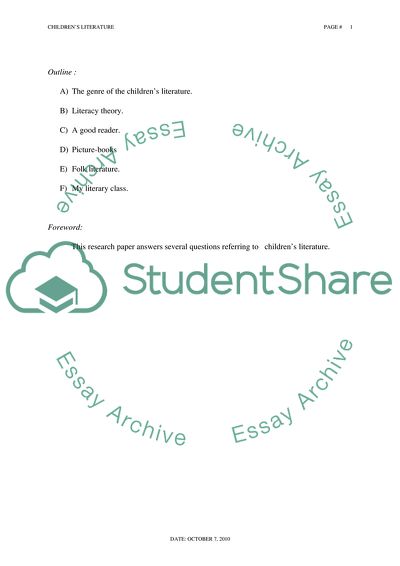Cite this document
(New Voices in Children's Literature Criticism Essay, n.d.)
New Voices in Children's Literature Criticism Essay. Retrieved from https://studentshare.org/literature/1570802-report-in-mla-style
New Voices in Children's Literature Criticism Essay. Retrieved from https://studentshare.org/literature/1570802-report-in-mla-style
(New Voices in Children'S Literature Criticism Essay)
New Voices in Children'S Literature Criticism Essay. https://studentshare.org/literature/1570802-report-in-mla-style.
New Voices in Children'S Literature Criticism Essay. https://studentshare.org/literature/1570802-report-in-mla-style.
“New Voices in Children'S Literature Criticism Essay”, n.d. https://studentshare.org/literature/1570802-report-in-mla-style.


